How to grow photoperiod and autoflowering cannabis strains together
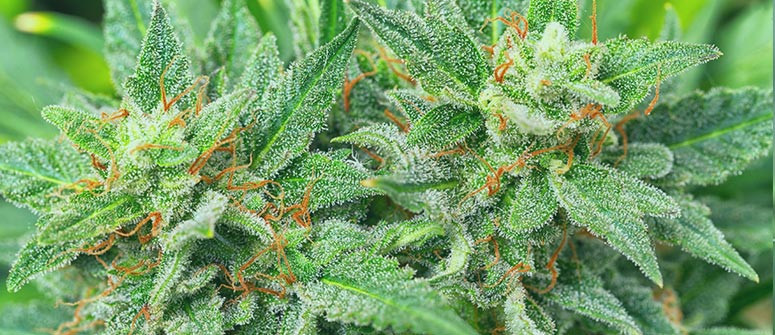
Interested in growing autoflowering and photoperiod cannabis strains in the same tent or room? This article looks at everything you need to consider if you plan on cultivating autos and photos together, including the potential pitfalls and a basic guide to achieving success.
Contents:
- Optimising your cannabis grow: Can you grow autos and photos together?
- The pros and cons of growing photoperiod and autoflowering plants in the same tent
- How to grow autos and photos together in the same tent
- Tips for growing autoflowering and photoperiod strains together
- Should you grow both autoflowering and photoperiod cannabis in the same space?
Besides their obvious differences in flowering, autoflowering and photoperiod cannabis plants can seem pretty similar. So similar, in fact, that you might even consider growing them together in the same space. Keep reading to learn about the ins and outs of growing autos and photos in the same room or tent.
Optimising your cannabis grow: Can you grow autos and photos together?
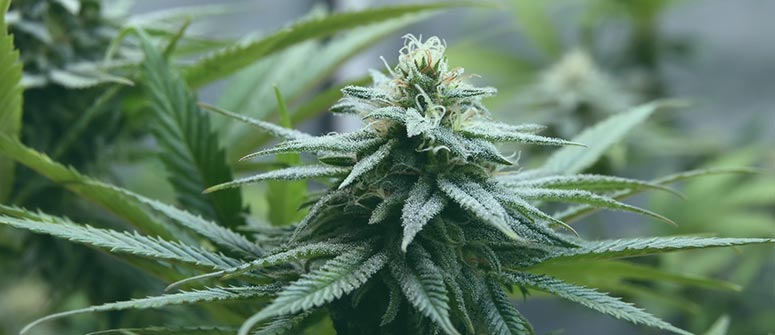
Cannabis growers are always looking for ways to optimise their growing space and maximise yields while keeping overhead to a minimum. If you've thought about growing autos and photos in the same tent—to enjoy both the large yields of the latter and the fast life cycle of the former—you might be disappointed; while it is possible, growing autoflowers and photoperiod plants in the same space comes with its fair share of pitfalls. Given their starkly different grow traits, cultivating photos and autos together takes a lot of work and doesn't always guarantee the best end result.
If you're set on growing autos and photos together regardless, keep reading for instructions and tips on how best to do so.
Photoperiod cannabis vs autoflowering cannabis
Understanding the differences between photoperiod and autoflowering weed is crucial if you plan to grow the two varieties together. The main differences that affect their ability to grow alongside one another include:
- Light cycle: Photoperiod cannabis strains only start flowering in response to light cycle changes. Most commonly, indoor growers will drop their light schedule from 18 hours to 12 hours per day to induce the change. Autoflowering strains, on the other hand, flower automatically after roughly 3–4 weeks of vegetative growth, and most growers keep their autos under an 18-hour light cycle from seed to harvest to maximise development.
- Size: While the size of a cannabis strain varies greatly depending on genetics, autoflowering strains typically grow much shorter than photoperiod varieties. Autos tend to reach 60–120cm in stature and can be planted in relatively small pots. Photoperiod strains, on the other hand, can grow far taller, reaching anywhere from 120–200cm indoors, depending on how much light they get, the size of their pots, and how long they are kept in the vegetative stage.
- Life cycle: Autoflowering cannabis strains have much shorter life cycles than photoperiod varieties. Some autos go from seed to harvest in just 8 weeks (10–12 weeks on average), while some photoperiod strains can take 12 weeks alone just to flower.
The pros and cons of growing photoperiod and autoflowering plants in the same tent
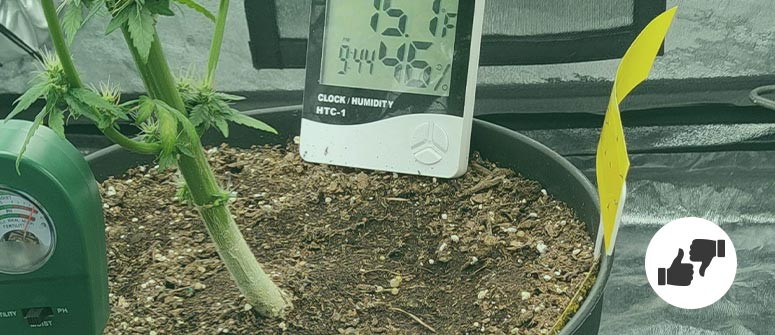
Given the differences between autoflowering and photoperiod cannabis strains, growing the two in the same room/tent is far from ideal. If you do happen to pull it off, however, you will likely run into some of the following pros and cons:
Pros:
- You can veg your photoperiod strains while your autos bloom. Your autos will then reward you with some bud that you can enjoy while your photos finish flowering.
- The long vegetative stage your photoperiod plants are exposed to may help to maximise yields.
- You get to experiment with both autos and photos, without having to invest in setting up and maintaining a separate grow tent/room.
Cons:
- You likely won't be able to optimise growing conditions for one variety without compromising conditions for the other.
- You'll face a longer final harvest time, as your photos will veg for the entire life cycle of your autos (~8–10 weeks).
- It takes a lot of growing experience to pull this off.
Managing the light cycle for autos and photos
To maximise the quality and size of your harvest, avoid switching your grow lights to 12/12 while your autos are still in the tent, as this will greatly affect their yields. Instead, keep your lights at 18/6 until you've harvested your autos; this way you'll maximise your yields from your auto plants while simultaneously extending the veg stage of your photos. This will result in larger photoperiod plants with better yield potential.
Managing canopy and space
Arguably the biggest challenge of growing autoflowering and photoperiod strains in the same room is effectively managing the canopy. If you manage your light cycle as described above (which is the only way you'll be able to grow autos next to photos without negatively impacting yield), you'll want to find a way to keep your autos and photos at equal distances from the light to avoid one overshadowing the other.
At the beginning of your grow, your autos will likely be taller than your photoperiod strains. If that's the case, consider placing your photo strains on a crate or on top of some books to bring them closer to grow light and keep them from etiolating. Depending on the vigour of your photo strains and the size of your autos, your photos might take the lead during the final weeks of your autos’ life cycle. If that's the case, consider giving your autos a little height boost to avoid them losing out on light during their final weeks of bloom. You'll likely also need to train both your autos and photos to manage their growth in your tent (more info below).
How to grow autos and photos together in the same tent
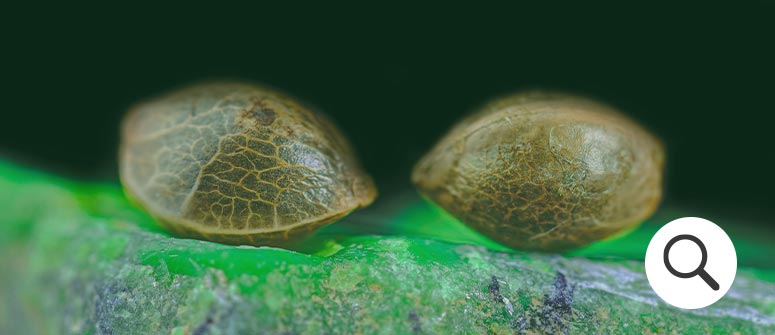
Below we'll outline some clear instructions on how to grow photo and auto strains in the same tent/room. In this method, we initially direct most of our focus to the autoflowers in order to maximise their veg and flowering stage while your photos gently veg in the background. Once you've harvested your autos, you'll be left with extra-large photoperiod plants with great yield potential. The entire cycle will last roughly 18–20 weeks and is targeted at intermediate and experienced growers.
Note that this example uses an 18/6 light cycle for the duration of the auto life cycle/photo veg stage.
1. Carefully choose your cannabis seeds
First things first; in any setup, your yields will only ever be as good as the genetics allow. When growing autos and photos in the same space, you'll want to do your best to pick strains that complement each other. Look out for:
- Autos with an 8–10-week life cycle and a moderate size (90–120cm is ideal)
- Moderately sized photos with little stretch (to avoid ending up with very large plants that are hard to handle)
2. Grow more autos than photos and avoid overcrowding
In general, we recommend growing more autoflowering strains than photos. How many plants you actually end up growing will vary depending on your space. But as a general rule of thumb, we recommend dividing your tent or room into ⅔ autos and ⅓ photos. By growing more autos, you'll enjoy a large initial yield followed by a heavy second yield from your XL photoperiod plants.
Also, avoid overcrowding your tent/room with too many plants. You'll likely need to move your specimens around to keep them from overcrowding one another, and you won't be able to do this if your grow space is packed to the edge with pots.
3. Control your autos early
Once your autoflowering strains start to flower, they'll stretch and likely overcrowd your smaller photos. To avoid this, use some light LST and defoliation early on to control their growth. Also, consider placing your smaller photoperiod strains on a crate or box to elevate them and keep them closer to the grow light.
4. Repot and train your photos accordingly
Remember, the full life cycle of your autos will take roughly 8–10 weeks, during which your photoperiod strains will be constantly vegging. Use this time to not only tailor the conditions to your autos and maximise their yields, but also build a solid foundation for your photo strains using a variety of training techniques. Besides LST, consider employing some high-stress techniques like topping, main-lining, lollipopping, or fimming.
Not only will these techniques tame the growth of your photos and keep them from competing with your autos, but they'll also help to promote really healthy plants that explode with flowers once it's their turn to bloom. Also, remember to consistently transplant your photos into larger pots to help them build strong root systems. The more extensive your plants' root system, the bigger their yields.
5. Harvest your autos and induce flowering in your photos
Once the trichomes signal that it’s time to harvest, get to trimming, drying, and curing your autoflowering bounty. Now it’s time to switch your lights to 12/12 and get your photos into bloom. While you'll have fewer plants than what you might be used to, these photos will be quite large given their longer veg time. Before you make the switch to bloom, take a close look at your plants and think about how you might be able to further manipulate the canopy to maximise light distribution.
6. Harvest your photos, and reward yourself for a job well done
From here, you just need to see your photo plants through the flowering stage, and harvest them once they're ready. And don’t forget to congratulate yourself; not every cannabis grower can achieve the delicate balance necessary to grow autos and photos—successfully—in tandem!
Tips for growing autoflowering and photoperiod strains together
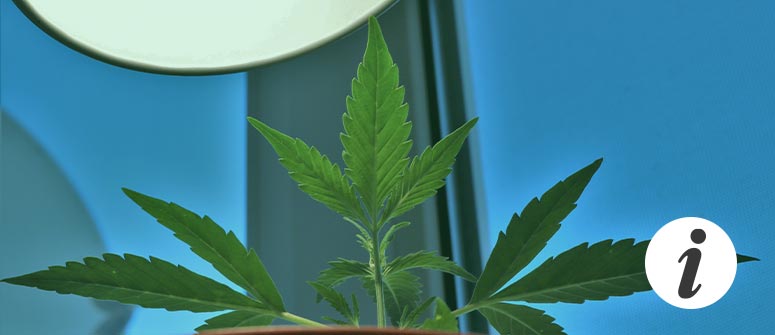
Below are some final tips to consider on your journey of growing photos and autos in the same space.
- Choose the right genetics
Opt for cannabis strains with similar grow characteristics, or even choose the exact same strain! Avoid stretchy sativa strains to minimise problems with plants overcrowding each other.
- Don't overcrowd your tent/room
Analyse your grow space and how you can maximise it to allow your autos and photos to grow in harmony. Don’t try to fit in more than your space can feasibly handle without falling victim to issues with airflow. You’ll need to move your plants around throughout the process, so you’ll need some empty space.
- Carefully track your nutrients
Autos generally need less fertiliser than photos, and can easily be "burnt" when overfed. If you want to keep things simple, consider feeding your autos ¼ to ½ of the amount you feed your photos.
- Avoid hydroponics
We don’t advise trying to grow autos and photos together in a hydroponic setup. Getting the nutrients right will be very difficult to achieve in many systems, and it’s just more trouble than it’s worth. Stick to soil.
- Maximise ventilation
This is very important when growing both types of cannabis, especially with the threat of overcrowding. Use a combination of oscillating and intake/exhaust fans to keep plenty of fresh air moving around your plants.
- Grow your autos in 15–20l pots, and transplant your photos
Most autos won’t require huge pots to maximise their potential. Save on space by choosing something in the medium range. Also, avoid super small pots that may limit height too much or cause plants to become rootbound.
When it comes to your photo strains, these will need to be transplanted, potentially a few times, as their root systems continue to expand throughout their long veg stage. So make sure your pots are capable of handling the size of your maturing plants.
- Use LST and other training techniques to tame your photos and optimise their growth during their extended veg stage.
Should you grow both autoflowering and photoperiod cannabis in the same space?
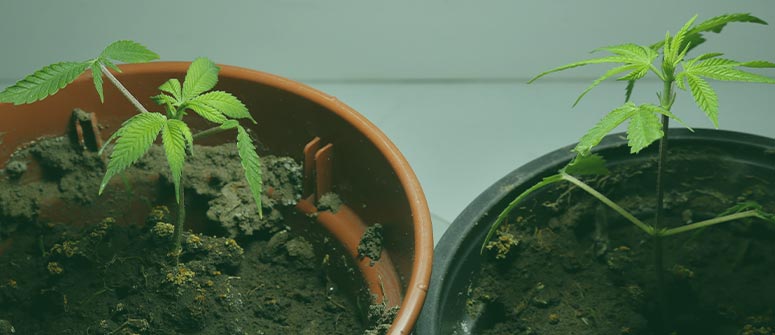
Given the vastly different requirements of auto and photo strains, they are usually best grown separately. Nonetheless, if you feel inspired to combine autos and photos in the same tent, the method described here offers a potential path to success. Ultimately, we neither want to discourage exploration of this method, nor do we want to fully endorse spending the time and resources on something that may prove more difficult than it’s worth. So we’ll leave the choice up to you and your level of experience and confidence.




